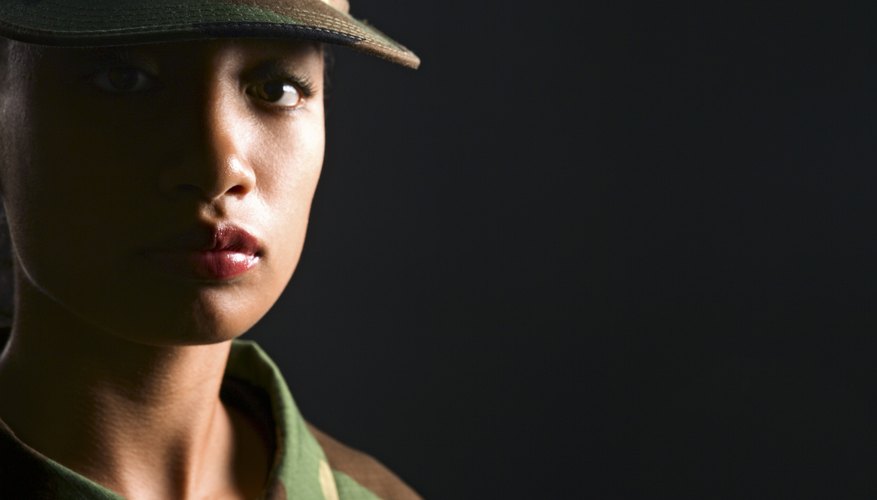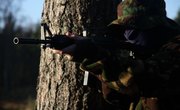
Most U.S. military installations are off limits to unauthorized personnel. That means anyone who doesn’t work there can’t enter. But there are exceptions, and members of the public often want to take photographs of equipment, buildings and other scenic sights. When is it okay to raise the camera and when is it not?
Allowed
Open houses: Armed Forces Day is celebrated in May, and most installations have an open house for the public to get close to equipment and see air shows and other military exhibits. During these events, people may take photographs of everything that is on display. Equipment and weapons systems have been stripped of classified equipment, and all items have been deemed okay to photograph. Stay in designated areas and don’t wander out of the marked areas. Never try to enter a building or office without permission or an escort.
Historic buildings: Photographing historical buildings or areas of public interest for private use is permitted, such as Cape Henry Lighthouse in Fort Story, Virginia, or the Kennedy Space Center in Florida, or any of the three military academies: West Point, New York; the U.S. Naval Academy, Annapolis, Maryland; and the Air Force Academy, Colorado Springs, Colorado.
Promotions and retirements: When an armed forces member has a career event, he or she will invite friends and family to the base to witness the event. Private citizens are allowed to take photos of these events.
Not Allowed
Any areas marked “restricted or unauthorized personnel not allowed” are not allowed to be photographed. So are the interiors of most buildings, identification badges, and the cockpits and dash boards of most major weapon systems. Also, do not take photographs of children without the parents’ permission, or photos of anyone in a hospital.
Penalties
The Army Public Affairs regulation states: Ground or aerial photographs, sketches, or graphic representations of classified military equipment or installations designated as restricted areas is punishable by law (18 USC 795). Reproducing, publishing, or selling this type of material is also punishable by law unless the photograph, sketch, or graphic representation indicates it has been reviewed and cleared for release by proper authority. The proper authority is generally the Public Affairs office.
If a guard or military police officer thinks you have photographed something classified or sensitive in nature, your film or digital card may be confiscated to check for inadvertent classified exposures. Items are classified if the general knowledge of them or how they work could cause harm to the United States in the hands of someone who wants to harm the nation or its citizens. Also, never shoot photographs through a fence or take photos of the guards or their buildings.
When in doubt, contact the Public Affairs Office. Access to military installations is usually granted, but all members of your group over the age of 16 must have a form of photo identification with them.
Writer Bio
Kris Borinski began writing for newspapers and magazines in 1982 and has managed both print and online publications. She has won Army Keith L. Ware Journalism awards and Thomas Jefferson Journalism Awards. Borinski has written for "History Illustrated" magazine, "TV Host" and "Harrisburg Business Week." Borinski holds a Bachelor of Arts in journalism with a minor in history from Penn State University.



